Indoor plants not only elevate your interior décor but also purify the air, making your living space both stylish and healthy. From the lush Areca Palm to the resilient Snake Plant, each offers a unique blend of aesthetics and air-cleaning prowess. Dive into our list of the top seven indoor plants that seamlessly merge form with function.
The air quality inside our homes directly influences our health and well-being. Indoor plants serve a dual purpose in this arena: they act as natural air purifiers, filtering harmful pollutants, while also adding a touch of natural elegance to our interiors. Curious about which green companions to add to your space? Dive into our top seven picks that perfectly balance style and air purification.

1. Areca Palm
Originating from the humid regions of Madagascar, the Areca Palm instantly transports any space into a tropical paradise with its long, arching fronds that gracefully drape from the top. As they mature, they display a beautiful layered appearance that provides depth and texture. Highly effective at removing toxins, the Areca Palm specifically combats formaldehyde and xylene, ensuring cleaner air for your home. To provide the best environment for this tropical beauty, place it in a spot with moderate sunlight. Ensure the soil remains slightly moist but avoid waterlogging to prevent root rot.

2. Snake Plant (Sansevieria)
This robust plant, native to West Africa, is renowned for its tall, sword-like leaves marked with intricate patterns of green, yellow, and silver. Also known as the “Mother-in-law’s tongue,” the Snake Plant offers more than just its sharp aesthetics. A unique characteristic is its ability to photosynthesize at night, releasing oxygen, making it a perfect bedroom companion. Highly efficient at removing formaldehyde, it requires minimal care. It’s drought-resistant and can flourish even in low-light conditions.
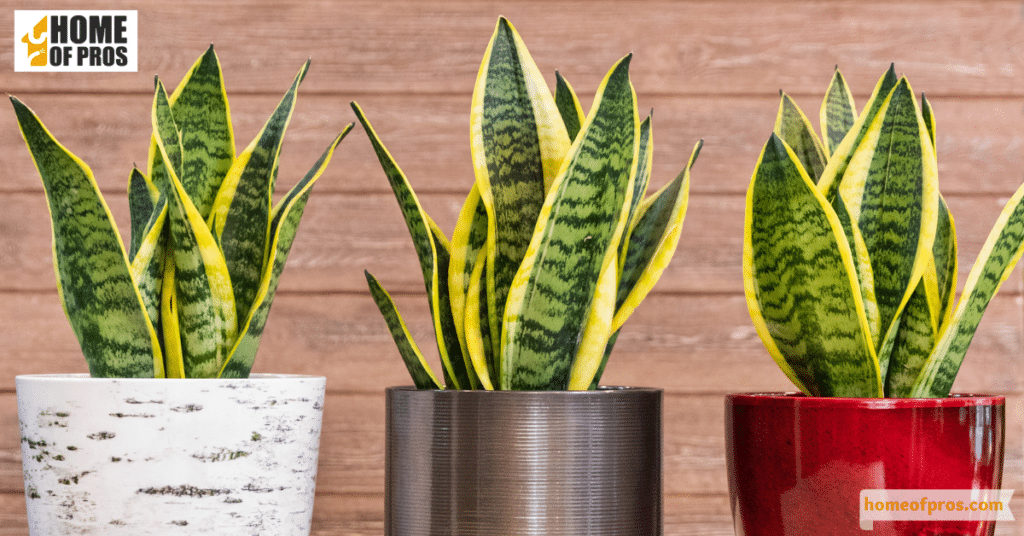
3. Rubber Plant (Ficus elastica)
The Rubber Plant, a native of Southeast Asia, boasts bold, dark green leaves that offer a stunning contrast in lighter spaces. As the plant matures, it can grow into a large tree, but when potted indoors, it usually remains a manageable size. A powerful purifier, it’s especially effective at removing formaldehyde from the air. Although it brings a tropical vibe, the Rubber Plant isn’t too demanding. Bright, indirect light keeps its leaves glossy, and misting helps replicate its natural humid environment.
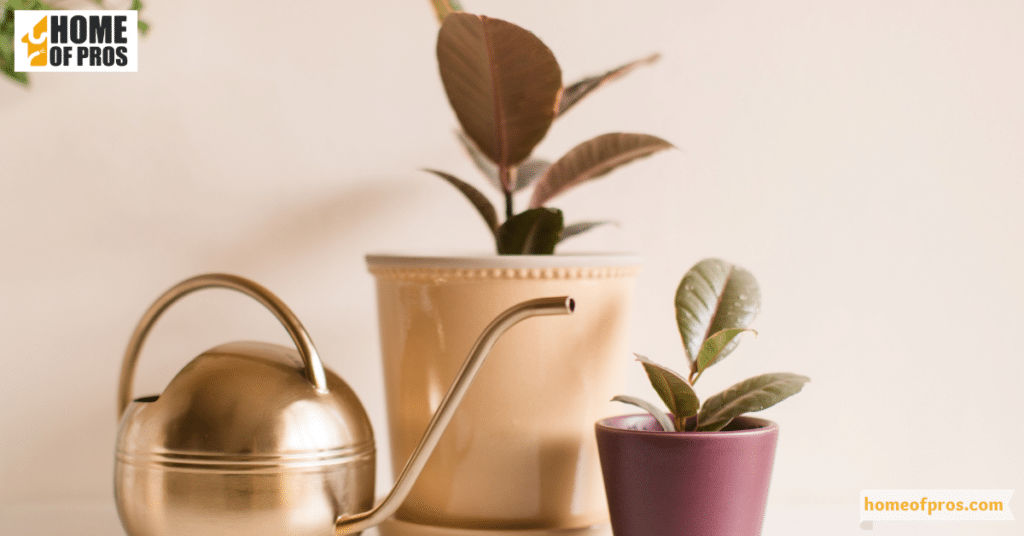
4. Boston Fern
With its origins in the humid forests and swamps of South America, the Boston Fern is a classic choice for indoor greenery. Its delicate, feathery fronds add an elegant touch of green to hanging baskets or pedestal stands. In addition to its looks, this fern is a diligent worker, efficiently removing formaldehyde and xylene from its surroundings. Due to its tropical roots, it thrives in environments with high humidity. Ensure it’s placed in indirect light and mist regularly to keep it vibrant.
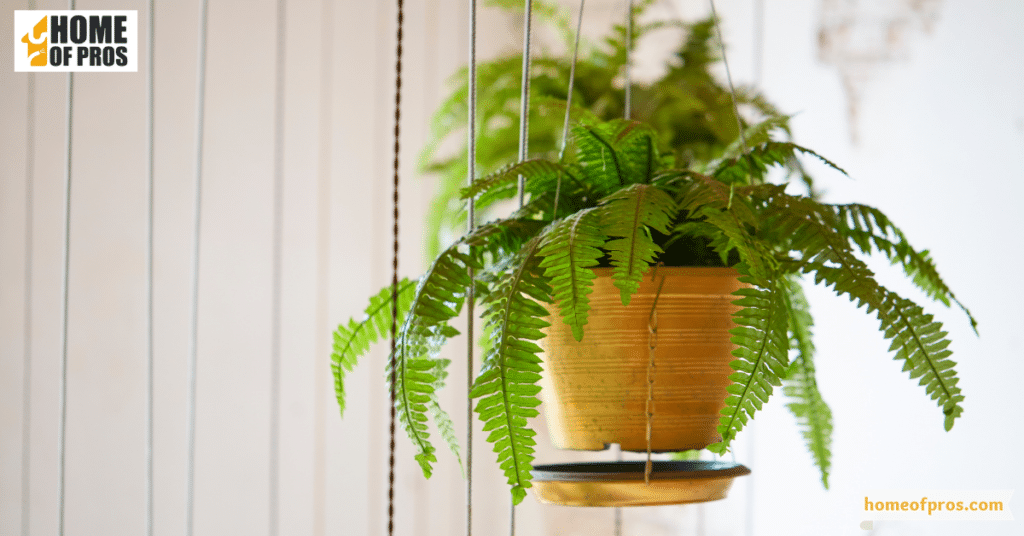
5. Spider Plant (Chlorophytum comosum)
Native to Southern Africa, the Spider Plant is easily recognized by its arching green and white variegated leaves. Often, it sprouts baby spiderettes, which dangle down and can be potted anew. As an air purifier, it’s a formidable opponent to benzene and formaldehyde. Extremely adaptable, the Spider Plant is ideal for beginners. It prefers well-draining soil and indirect sunlight. Overwatering is its nemesis, so ensure the soil is slightly dry between watering.

6. Peace Lily (Spathiphyllum)
The serene Peace Lily, originating from the rainforests of Central and South America, presents a calming presence with its glossy green leaves and iconic white blooms that resemble a white flag of peace. Beyond its tranquility, it’s a heavy lifter in removing airborne toxins, especially ammonia, benzene, and formaldehyde. This plant appreciates low to medium light, making it suitable for spaces without abundant sunlight. Keep its soil consistently moist but refrain from overwatering.
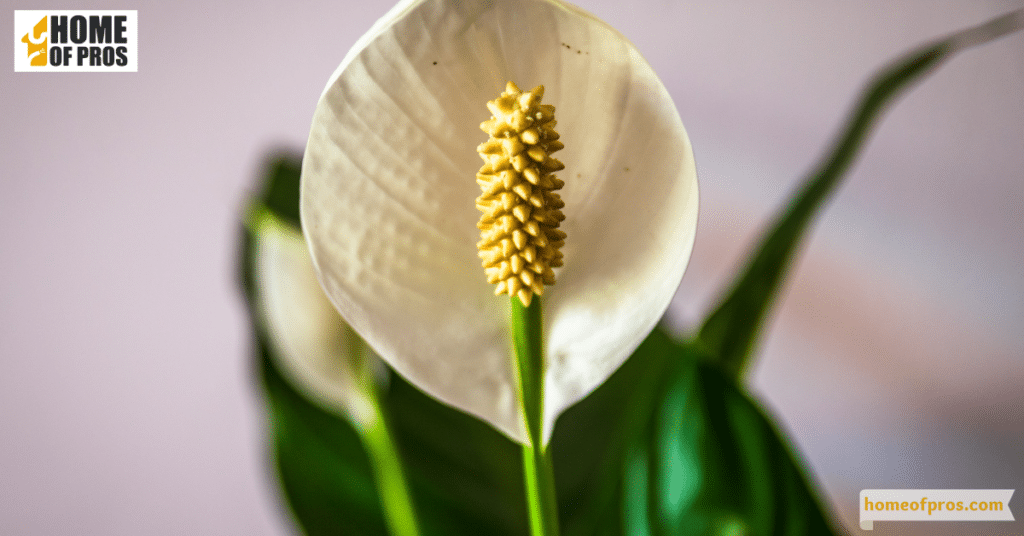
7. Bamboo Palm (Chamaedorea seifrizii)
Hailing from the rainforests of Mexico and Central America, the Bamboo Palm introduces an elegant, tropical vibe with its slender stems and feathery fronds. As it matures, the stems resemble bamboo, hence its name. With its ability to fight off multiple pollutants including formaldehyde, benzene, and trichloroethylene, it’s an ideal addition to living or office spaces. This palm requires bright, indirect light to thrive. Ensure the soil remains damp and provide regular watering to keep it looking its best.
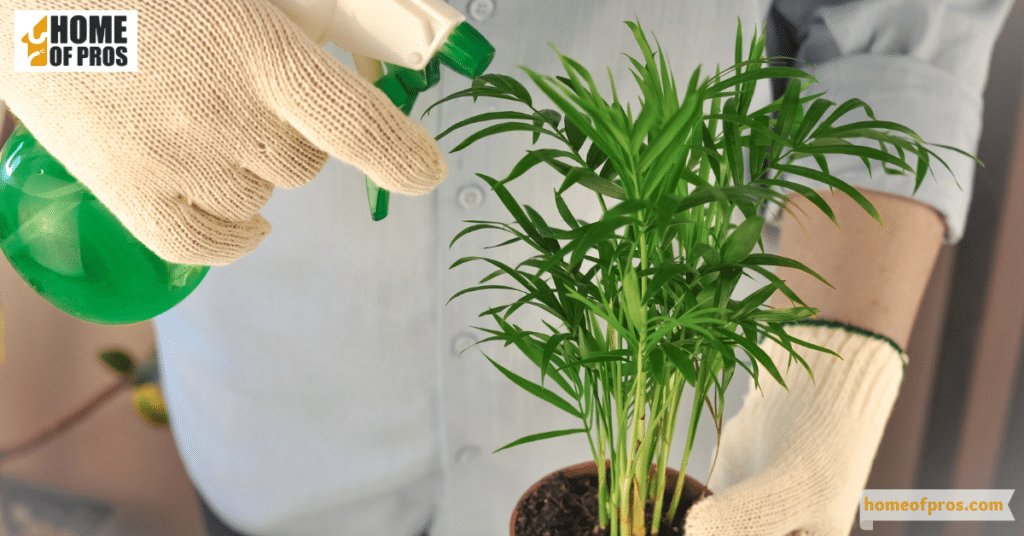
8. Aloe Vera
Originating from the Arabian Peninsula, Aloe Vera is a succulent that has been cherished for millennia for its medicinal properties. Its elongated, fleshy green leaves have serrated edges and are filled with a gel that’s known for its soothing and healing capabilities. When in bloom, the Aloe Vera plant produces a tall stalk of small, tubular yellow or red flowers, adding another dimension of beauty to this versatile plant.
Apart from its healing properties, Aloe Vera also plays a role in purifying the air. It is effective in removing benzene and formaldehyde, commonly found in paints and certain chemical cleaners. An interesting tidbit: if the plant is exposed to harmful levels of pollutants, brown spots may appear on its leaves, acting as an early warning system.
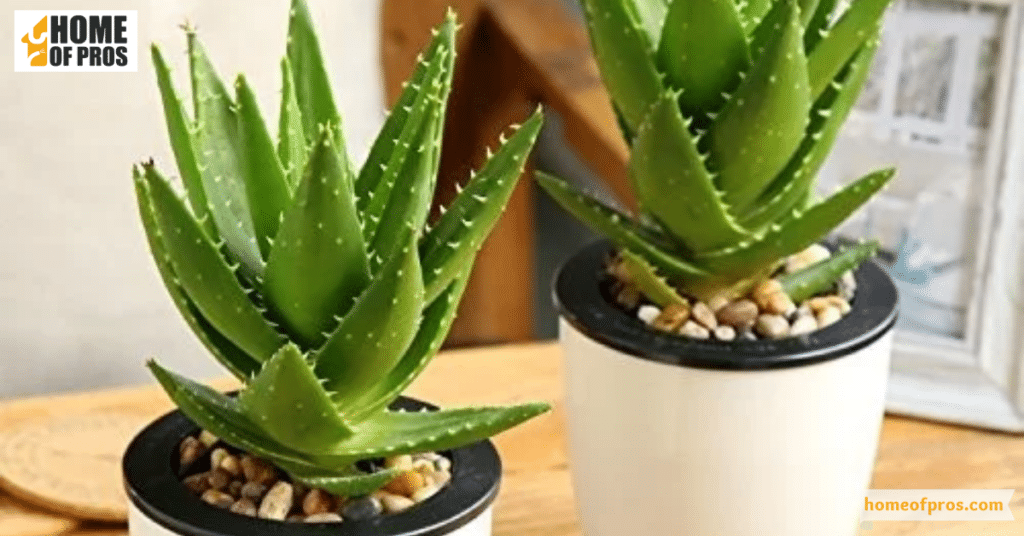
Conclusion
As we retreat indoors, whether for work, relaxation, or a momentary escape, it’s paramount that our sanctuaries not only reflect our style but also nurture our well-being. The marriage of aesthetics and air-purifying capabilities of these plants allows us to achieve just that. Each plant, from the feathery fronds of the Areca Palm to the soothing leaves of the Aloe Vera, offers a unique blend of beauty and functionality. By introducing even one of these plants into your space, you’re making a commitment to healthier living, cleaner air, and enhanced decor.












